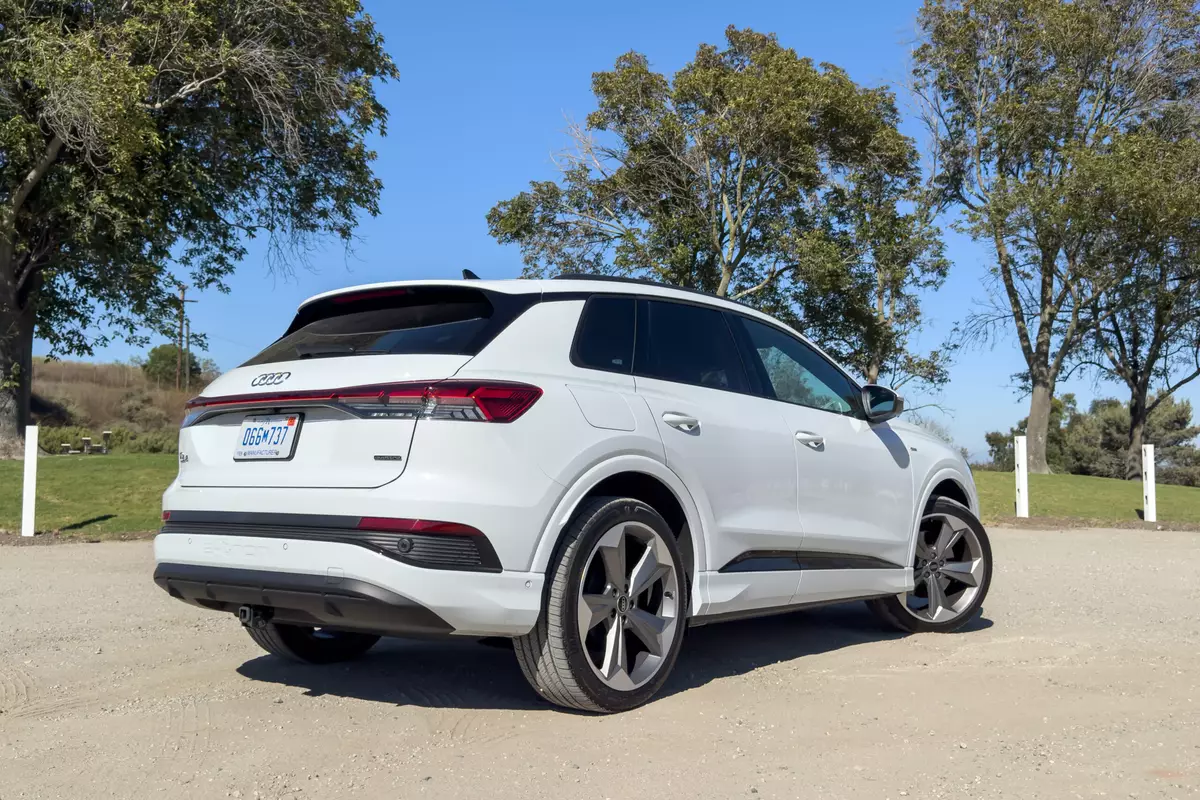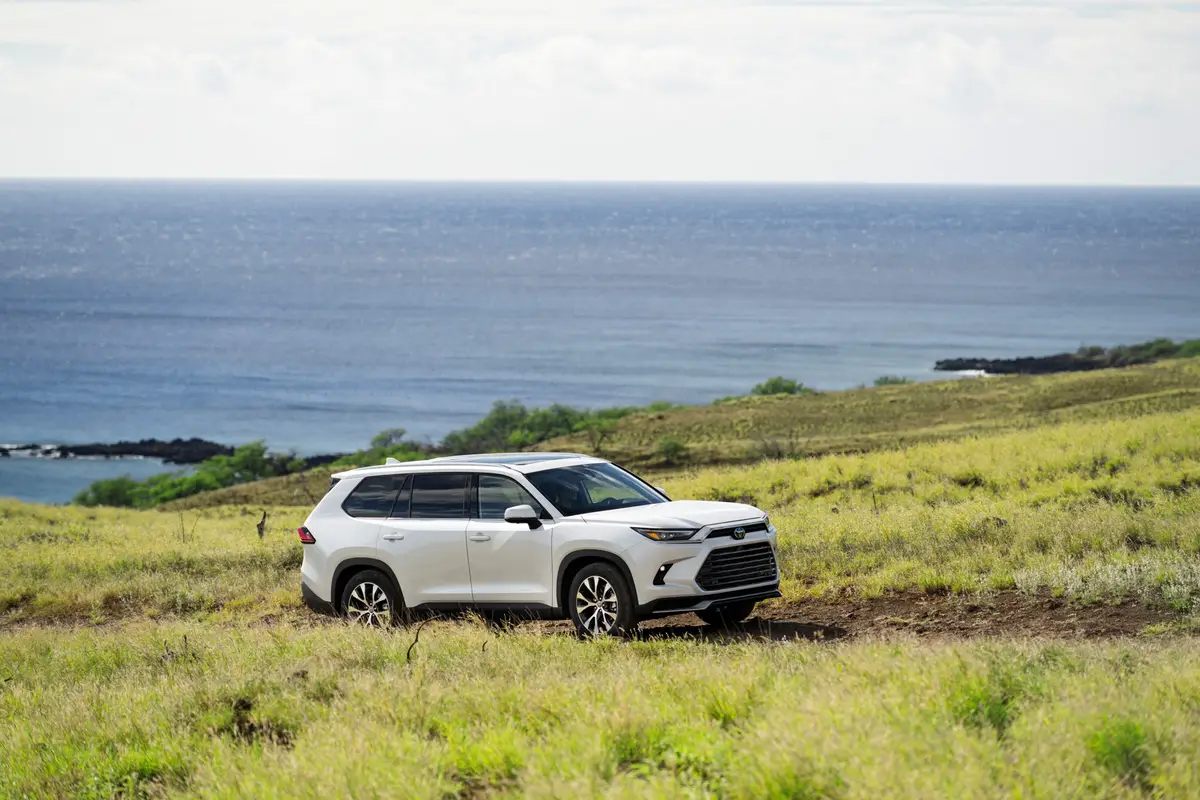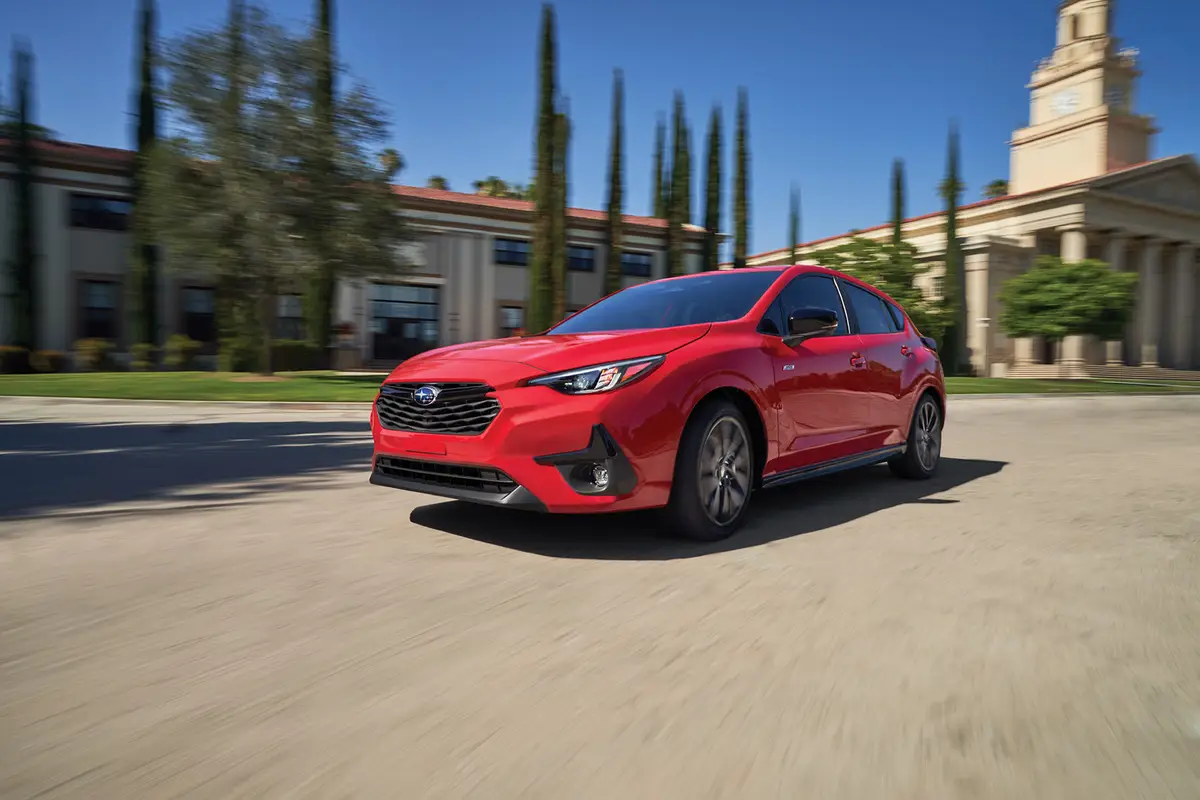Cincinnati.com's view
The Nissan Xterra is something of an anomaly. Introduced in the last millennium, it seems more desirable today than it did then.
Usually, by now, we find ourselves making gentle fun of cosmetic “refreshening” changes that are supposed to make a vehicle go gently into the sunset until its replacement is ready.
It helps, perhaps, that the Xterra was from the first a serious tool for serious off-roaders – not a glorified station wagon or a hedge against slick streets.
And also, in line with its practical orientation, it was never so pretty that you’d just hate to take it off-roading and risk getting a dent or scratch. Real mud-churners wear such beauty marks as badges of honor.
It’s not that Nissan hasn’t done a good job of laying on incremental improvements. A more rugged exterior was trotted out last year, along with some needed powertrain improvements and interior refinements.
For the 2003 model run, changes are modest, the most significant being the optional availability of side-curtain air bags and a Dynamic Control Package (more on this later).
The cheapest Xterra is one we can dismiss pretty quickly: a 2WD machine powered by an outmatched 4-cylinder engine conveying its thrust via a 5-speed manual transmission. This “XE I-4” value leader starts at $17,999, not including freight. They don’t sell many of those, and they don’t want to, but that number does catch one’s attention in the context of small SUVs.
Prices spiral up from there, with the standard, or SE series machines and the better-turned out XEs. These all have 6-cylinder engines, and the SEs come only with an automatic shifter. They can be set up as 2WD or 4WD. Only 4-door styles are offered. A reasonably-equipped 4×4 SE with automatic – the way most are sold – goes for a suggested price of $23,399 (no freight). The top of the line is the SE S/C, a heavily-freighted version with a supercharger grafted onto the engine. It starts at $27,999, with 4WD and automatic. The vehicle lent for the test was an XE V-6 4×4 with a couple of grand worth of options. Summary judgment: It would be a very fine choice for going where few go, and would serve fairly well as a daily drive, too.
The engine is the one used most often throughout the line, a normally-aspirated 3.3-liter single-overhead-cam V-6. It has been tweaked ever so slightly this year for an unnoticeable increase in horsepower (to 180 at 4,800 rpm) and torque (now 202 foot-pounds at 2,800), but we’ll gladly take whatever they can give us.
Curb weight is well over two tons. In ordinary, on-road 2WD driving, the Xterra felt as if it had a hard-working, overwhelmed four-banger under the hood. If it were loaded with folks and cargo and asked to look for the Northwest Passage, it might just sit down and cry. If such is your intent, I’d strongly recommend getting the hard-breather; its 210 hp and 246 foot-pounds would be a more reasonable choice. With either variety of V-6, towing capa city is allegedly 3,500 pounds with manual trannie, 5,000 with the automatic.
If all you’re going to do is commute five days a week and take your sweetie up a logging trail for an overnighter on the weekend, then the standard engine would suffice – it also has the virtue of not requiring premium fuel, as the S/C does.
The Xterra has much in common with the Frontier pickup. It’s a body-on-frame design more common in trucks than passenger cars. This modality is reputed to be more rugged at the expense of ride quality and tightness.
Nissan has delivered a commendable rendering here – on-road ride quality was quite good (for a truck) and the machine didn’t get all fluttery when jockeyed pretty hard off road and over disgraceful pavement. The driver’s perception was of a rigidity and solidity more characteristic of the more car-like vehicles in the class. Even when banging over bumps, I heard neither squeaks nor groans.
At freeway cruising speeds, the cabin was a little on the noisy side, but still within the “moderate” zone. When working hard, the engine makes a bit of a clatter which finds its way through the firewall, and in steady cruising, tire noises and air rush predominate.
One cure for this is the optional stereo which was fitted to the tester – a 300-watt, 8-speaker Rockford Fosgate system. This unit had more power than post-acne folks will ever use, combined with an extraordinary tuner sensitivity. The eight speakers include a subwoofer; while this would hardly meet the demands of the thumpa-thumpa crowd, it served nicely on somewhat more refined tunes.
The Xterra’s 4-speed automatic transmission was quite good, although, given the power issue, another forward cog would be helpful. The unit shifted smoothly and quickly, and snapped to when the driver indicated a desire for a rapid downshift.
The brakes were a little underqualified, I thought. The 10.2-inch discs front, and 10.2-inch drums rear have a lot to do to burn off kinetic energy when it comes in a 4,200-pound package. Pedal feel was a bit soft and stopping distances were a bit longer than I like.
The standard antilock proved itself twice under actual conditions, when in two separate locales single-minded white-tail deer leaped from the bushes and played traffic barrier. Slowing at maximum force while slaloming hard, I managed to save the venison for hunters, and without benefit of the optional stability control. As it was, I was glad to be able to hang the rear end out on a gravel road and bring ‘er back around with power.
The Xterra’s steering seemed a bit heavy and slow, but under off-road conditions, that would be an advantage. Its 35-foot turning radius made it feel highly maneuverable.
The EPA ratings on this combo are 16 mpg city, 20 highway. I logged 18.1, not bad considering the brisk driving and some gravel-pit shenanigans.
The latter was by way of testing the on-the-fly four-wheel drive. Usually the Xterra functions as a rear-drive machine. Yanking a lever will get you 4WD High at speeds up to 60 mph. Stopping in neutral, you can invoke 4WD Low for easy going over rocks and logs or inching down low-traction surfaces. The Xterra accessed the two modes easily, and got back out just as easily. This kind of system can only be used when you KNOW the surface is slippery, unlike the all-time AWD found on more road-oriented machinery.
The Xterra made a pretty good showing in the federal tests. It won ratings of four stars (on the 5-star scale) for protection of driver and co-pilot in a 30-mph frontal crash, and four stars for front-seat protection in side impacts, five stars for the rear seats. It had a lower-than-average 2-star rating for rollover propensity; this is a mathematical abstraction based on factors such as wheelbase, mass and center of gravity. Most SUVs get three stars. When the insurance folks smashed an Xterra in their much more demanding 40-mph frontal offset drill, they deemed it acceptable, the second-highest rating. They thought the dummy driver bounced around too much, increasing the chance of head and neck injuries. They did not test one with the side air bags, which ought to make it better. In their 5-mph bumper tests, Xterra suffered a middle-of-the-pack average damage of $1,220, still a high figure.
Edmunds.com shows that most Xterras are going for a slight discount, in the range of a thousand bucks or so before options. The tester started at $23,399, and had the premium audio package for $799; power package, $1,299 (this consisting of power windows, locks and outside mirrors, remote keyless entry, cruise control, map lights and a vehicle security system); a sport package for $399, involving fog lights and front tow hook, dual underhood 12V power taps, a heavy-duty alternator and a limited-slip differential, and floor mats for $79. Total suggested price, with freight, was $26,515. Payments at that figure would be $537, assuming 20 percent down, 48 coupons and 10 percent interest.
Latest news



